The new Kia Ceed GT premiered together with the new ProCeed GT model back in October 2018 at the Paris Motor Show. The original cee'd GT and pro_cee'd GT models were launched back in 2013, representing the Korean brand's first sporty hatchback models ever. The new GT received a 1.6-liter turbocharged engine and, in addition to the six-speed manual transmission as part of the standard equipment, it is the first sports hatchback from this brand to be available with an optional seven-speed dual-clutch transmission.
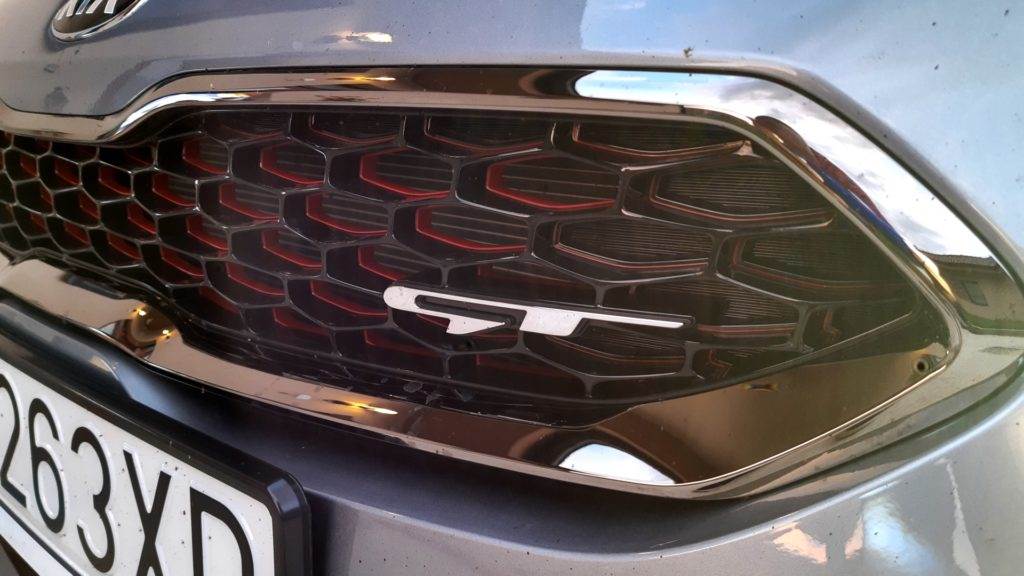
The design of the GT, inspired by performance, is slightly visually different from the other models of the Ceed range . While the design of the new Ceed is characterized by its combination of sharp folds and rounded sheets, the sports variant is presented with more athletic shapes. The front gets a new front bumper design with large air intakes and a gloss black trim running along the bottom. As with the standard model, here too we find nicely crafted LED daytime running lights with four reflectors in the shape of "ice cubes" that are integrated into the main headlight unit. The characteristic element of the KIA brand – the radiator grille in the shape of a "tiger nose" – is also adapted to the new model – the grille is complemented by a dark chrome frame and a discreet "GT" logo. Subtle red accents are also embedded in the honeycomb grid pattern.

From the profile, we notice the shiny chrome window trim and more massive side sills with a shiny black and red finish. The standard 18-inch light-alloy wheels are fitted with new red center caps and red brake calipers are hidden under the discs. The chassis ground clearance of 135 mm is reduced by 5 mm compared to the other variants. The rear part together with the bumper complements the front fascia stylishly, while here too we find a discreet glossy black rear diffuser with the "GT" logo. The main attraction of the rear, however, are the two large admitted exhaust pipes in chrome.

The GT variant brings the same ergonomic cabin architecture as found in the classic Ceed models. The sports version comes with a black headliner and a flat-bottomed steering wheel adorned with the "GT" logo, as well as aluminum pedals. Behind the steering wheel of models equipped with a dual-clutch transmission, there are also metal alloy sequential shift paddles. Up front, new sports seats with decent lateral guidance will keep you securely in place. The seats are exclusively created for this model and offer larger and firmer side and thigh supports. They are upholstered in black leather and suede in the center section and finished with red stitching and a red embroidered "GT" logo on the backrests.

The powerful JBL Premium audio system with Clari-Fi compressed sound restoration technology is perfect. Standard technologies include full integration of smartphone functions via AndroidAuto or Apple CarPlay and also via Bluetooth. There are automatic lights and keyless entry or a wireless smartphone charger, heated and ventilated front seats and heated rear seats.
The instructions for the development of the sports version were clear – to improve the agility and cornering of the vehicle, to increase traction and responsiveness, while daily use must be in the spirit of the "gran turismo" style. Just like the classic Ceed , the GT is equipped with independent wheel suspension. Half a year of additional fine-tuning of the geometry was also reflected in a more nimble and sportier driving performance.
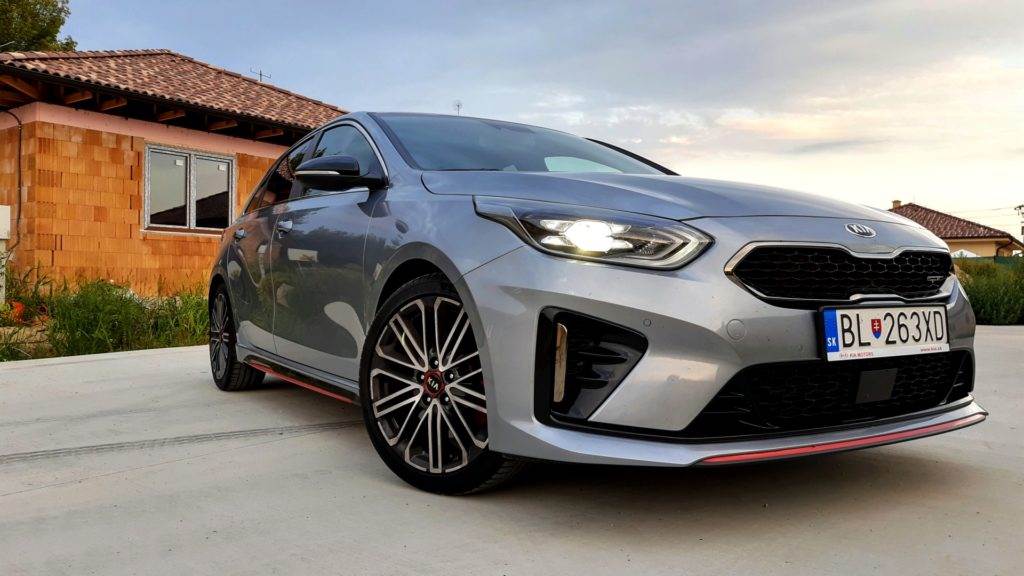
A lower chassis also means a lower center of gravity, and stiffer front and rear springs reduce roll and improve steering response. But most importantly, the chassis works great even on broken roads, and the softer anti-roll bars also ensure that the inner tire stays in contact with the road when cornering hard. Thanks to these changes to the suspension, we can enjoy even faster cornering than in many more powerful front-wheel drive "sports hatchbacks".
In addition, we have a refined electronic stabilization system (ESC), which offers more freedom to more enthusiastic drivers and increases the cornering speed of the rear axle. The vehicle stability control system (VSM) and the torque vectoring system using the brakes are part of the standard equipment. This additional electronic driver support system intelligently brakes the inside wheels to reduce understeer in corners. You will especially enjoy it on narrow winding roads and mountain passes for which it was developed.
Consistent braking performance is provided by larger brake discs with a diameter of 320 mm and increased thickness to 28 mm. A standard part of the GT's equipment are Michelin Pilot Sport 4 tires, which, for better response from the wheels, are equipped with electronic power steering with a fast steering ratio of 12.7:1 (requires only 2.4 turns of the steering wheel between extreme positions) – the steering is up to 17% faster than the rack-and-pinion steering in the previous model.
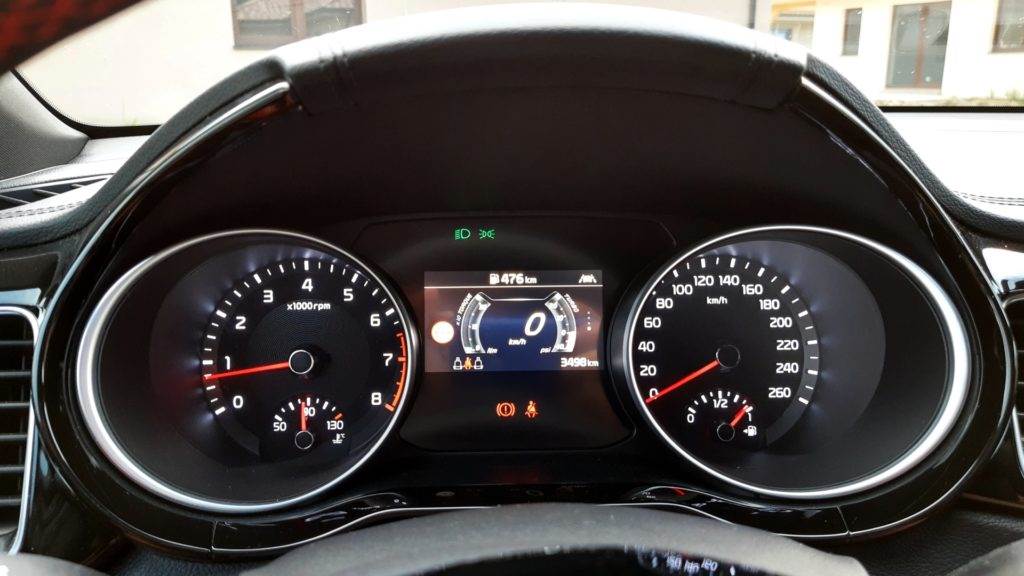
The first GT-badged models were powered by a newly developed 1.6-liter T-GDi (turbocharged direct injection) engine. The new Ceed GT maintains this approach through the same powertrain, but it has been slightly improved. The engine reaches a maximum output of 150 kW (204 hp) at 6,000 rpm. The maximum engine torque of 265 Nm is available within a decently wide range already from 1,500 to 4,500 rpm. The result is an engine that can provide maximum performance in almost the entire usable spectrum. In standard equipment, the drive is connected to a six-speed manual transmission, and the GT can reach 100 km/h in 7.5 seconds with it. The engine pushes you into the seat almost under all circumstances and can willingly accelerate under any load.
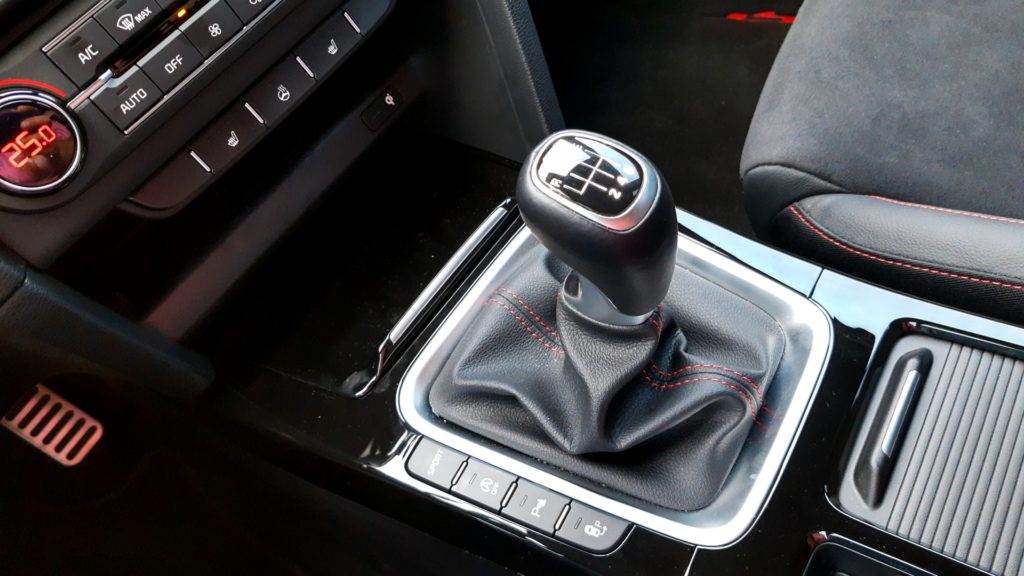

The drive mode selection system – Drive Mode Select allows you to customize the driving experience according to your taste. By switching between Normal and Sport modes, the system changes the force required to drive the vehicle, and slightly adjusts the character of the drivetrain. Normal mode makes the most of the vehicle's fuel economy potential and offers a more relaxed driving style in terms of steering inputs. Sport mode improves throttle and transmission response and allows for maximum acceleration – both on and off the road – and adjusts the steering to provide additional weight and punchy responses to steering inputs. A sportier exhaust sound has been achieved by incorporating electronic exhaust flaps, which enhance the feeling of acceleration when the gas pedal is pressed and ensure that at steady speeds the car remains subdued and refined. The sound is very unique from the outside, and when the Sport mode is selected, everyone will look behind the car in amazement.
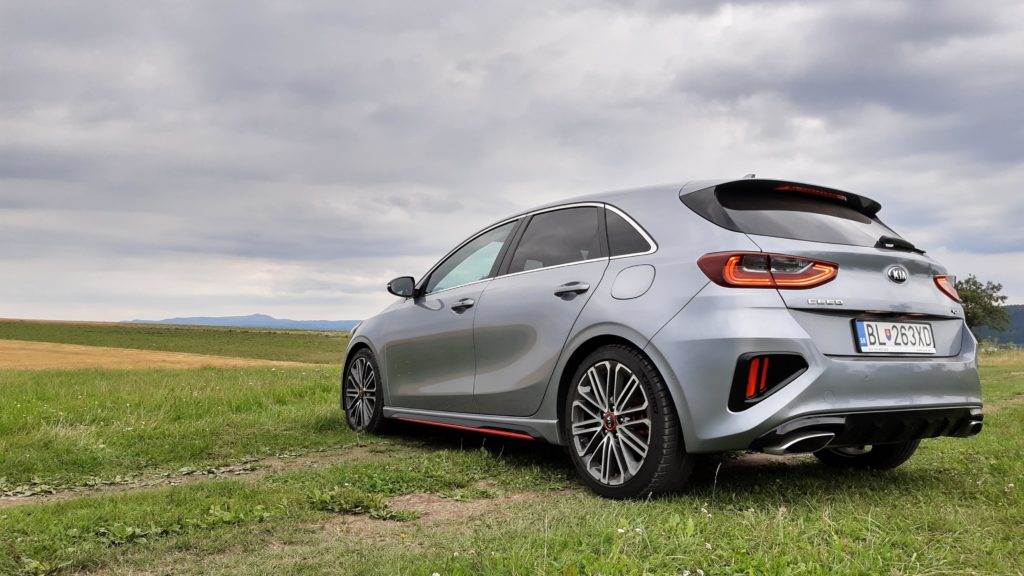
The only "disadvantage" of such a nimble car is consumption. However, it is proportional to the performance and the feeling of driving, so looking at the fuel gauge will not be so painful. When driving very calmly outside the city, you can maintain the 7.4L/100km prescribed by the manufacturer. However, as soon as you get on the highway or in city traffic jams, the number on the on-board computer will be at least 1-2L higher. And that's not even talking about the Sport mode…
The Ceed GT occupies its unique place among mid-range family hatchbacks. It is not played to achieve the highest top speed or the best acceleration compared to the competition. It offers greater agility and grip on winding roads, maximum safety and comfort when driving at a constant speed, and perfectly dosed power. All this at a price where the competition from Europe is only just beginning in the price lists. The tested model, which was almost fully equipped, currently costs €23,380, even with additional metalwork and safety pack. How to make a " European for everyone "
| Technical specifications | KIA Ceed GT 1.6 T-GDi |
| Engine type: | Spark plug |
| Cylinders / valves: | 4 / 16 |
| Displacement (ccm): | 1591 |
| Highest power (kW(k) / rpm) | 150 (204) / 6000 |
| The highest twist. torque (Nm / rpm): | 265 / 1500 – 4500 |
| Gearbox: | 6-st. manual |
| Acceleration 0 – 100 km/h (s): | 7.5 |
| Combined consumption – WLTP (l/100 km): | 7.4 |
[rl_gallery id=”6480″]




